|
Blog post written by Taylor Bartosiewicz, IUPUI Dietetic Intern 2019 Image from parkcrescenthealth.blog Did you know your heart beats about 115,200 times each day? Your heart works hard for you, so it’s important to take care of your heart. February is a great time to learn more about eating smart for your heart because it is American Heart Month! According to the Center for Disease Control and Prevention (CDC), heart disease is the leading cause of death in America. You can’t change some risk factors for heart disease, like age and family history. However, the good news is that as much as 80% of the risk for heart disease can be prevented with diet and lifestyle behaviors. Foods to Choose Often for Heart Health
Image from everydayhealth.com Foods to Limit for Heart Health
Image from health.gov Other Heart Health Tips Regular physical activity also has multiple heart health benefits. According to the American Heart Association, exercising for 30 minutes most days of the week can reduce blood pressure, help your heart work more efficiently, manage stress, and maintain a healthy weight. Knowing your numbers can also help you take charge of your heart health. Visit your doctor at least once a year to check your cholesterol, blood pressure, and blood sugar levels. What can you do to support heart health today? Image from riverwoodhealthcare.org Sources
0 Comments
Blog post written by Madison Stutsman, IUPUI Dietetic Intern Trillions of bacteria and viruses exist inside our bodies. Most of them are found in a pocket of the large intestine. This is what we refer to as the “gut microbiome”. The gut microbiome has many good bacteria, but it can also be home to bad bacteria. In fact, there are more bacteria in your body than human cells. There are up to 1,000 different types of bacterial species in the human gut microbiome. Most of these bacteria are extremely important for your health, while others can cause disease. Image from digestivecarephysicians.com Having a balance of both good and bad bacteria helps with digestion and keeps the body and its functions healthy. Too much bad bacteria in the body can lead to digestive issues, low energy and disease. Living a healthy lifestyle can help the good bacteria grow and keep the bad bacteria in check! How Does the Gut Microbiome Help My Body? The gut microbiome helps the body in many ways, including:
Image from gut microbiotaforhealth.com How Do I Keep My Gut Microbiome Healthy? The foods you eat play a large role in controlling what types of bacteria live in the gut. One of the easiest ways to improve gut health is by introducing prebiotics and probiotics to the body!
Image from soundprobiotics.com A healthy gut plays an important role in your overall health, so eat to support it! Try these recipes to add more prebiotics and probiotics into your day: Sources:
Blog post written by Hallie Little, IUPUI Dietetic Intern Image from www.vanwell.net/pollination National Pear Month...Why Care? Did you know that December is National Pear Month? If you are anything like me, you probably don’t eat pears very often. But fear not, you will be a pear expert after reading this post! According to the United States Department of Agriculture (USDA), the average American only consumes about 0.9 cups of fruit a day. This falls short of the 1.5-2.5 cup recommendation set by the Dietary Guidelines for Americans. If you have never tried pears, they may be a fun, new way to increase your fruit intake! All About Pears Pears grow on trees. About 88% of pears in the US are grown in Washington and Oregon. They grow best in this region due to its volcanic soil, clean mountain water, warm spring days, and cool nights. They are in season from August-October, making them a great choice for a budget-friendly fall fruit. Below are some different varieties you may want to try. The Bartletts are the most popular and common in the United States. Image from www.sujajuice.com Nutrition Facts One medium pear has about 100 Calories. It also provides:
Image from galafruit.net Health Benefits Gut Health: Pears can help improve your gut health. They contain both soluble and insoluble fibers. Fiber can help improve bowel regularity as well as soften and bulk up stool. Soluble fiber in pears also serves as a prebiotic, feeding the good bacteria in your gut. Rich in Antioxidants: Antioxidants can help to decrease inflammation in the body. Chronic inflammation increases your risk for chronic disease like diabetes and heart disease. Eating fruits (like pears 😊) and veggies regularly can help decrease your risk for chronic disease. Purchasing If you are buying fresh pears, you should be aware that they may be hard, green, and unripe. However, pears ripen best off the tree. Just like bananas ripen off the tree over time, pears will ripen (and soften) when left on the countertop. The pear should be slightly soft, but not squishy. Once the pear is ripe, it should be stored in the refrigerator. You can also find pears in the canned fruit section. If possible, it’s better to buy pears canned in juice. Pears canned in syrup will have more added sugars. Image from kroger.com 5 Ways to Enjoy Pears
Image from www.the-girl-who-ate-everything.com All in all, pears are a delicious way to incorporate more fruit into your diet. They are a good source of fiber, vitamins, and minerals. Let us know in the comments section how you plan to celebrate National Pear Month! Sources: https://www.ers.usda.gov/amber-waves/2019/june/americans-still-can-meet-fruit-and-vegetable-dietary-guidelines-for-210-260-per-day/ https://usapears.org/fun-facts-faqs/ https://www.healthline.com/nutrition/benefits-of-pears#TOC_TITLE_HDR_2 https://www.mayoclinic.org/drugs-supplements-vitamin-c/art-20363932#:~:text=Vitamin%20C%20is%20an%20antioxidant,disease%2C%20cancer%20and%20other%20diseases. https://www.nhs.uk/conditions/vitamins-and-minerals/vitamin-k/#:~:text=Vitamin%20K%20is%20a%20group,may%20help%20keep%20bones%20healthy. https://ods.od.nih.gov/factsheets/Copper-Consumer/#:~:text=Copper%20is%20a%20mineral%20that,needs%20copper%20for%20brain%20development. Blog post written by Samantha Bradshaw, IUPUI Dietetic Intern Photo from www.healthydirections.com/articles/digestive-health/gut-health-benefits-of-fiber Fiber: What is it and why is it important? Fiber is a carbohydrate that humans cannot digest. Fiber passes through the body and works to manage how the body uses sugar. This process keeps hunger and blood sugar at a normal level. There are two types of fiber that can be consumed: soluble fiber and insoluble fiber.
How is fiber beneficial to overall health? A diet high in fiber can reduce the risk of developing heart disease, diabetes, inflammation of the intestines (also known as diverticular disease), and constipation. People who eat high fiber diets also have a lower risk for metabolic syndrome (multiple conditions that develop together and increase the risk of heart disease, type 2 diabetes, and stroke). Fiber, specifically soluble fiber, is good for maintaining the bacteria in your gut as well as controlling blood sugar, helping with weight management, immunity, and brain function. Which foods are high in fiber? Fiber can be found in almost any type of whole food that comes from plants. Generally, whole grains, legumes, beans, fruits and vegetables are good sources of fiber. Some examples of high fiber foods include oats, barley, lentils, pears, brown rice, whole wheat bread, apples, and chickpeas. Fiber can also be added into foods in the form of chicory root or inulin. Look for these words in the ingredients list on food packages to know if fiber has been added. Photo from www.theplanettoday.com/foods-that-contain-fiber/ How much fiber should I eat each day? According to the Academy of Nutrition and Dietetics, the recommended amount of dietary fiber intake is 14 grams for every 1,000 calories consumed. For example, if you eat 2,000 calories a day, you should aim for 28 grams of fiber daily. The Institute of Medicine recommends different levels of fiber by age and gender: Image from employees.henrico.us/county-connection/fill-up-with-fiber/ To put this in perspective, a 40-year-old woman could meet her daily fiber requirements by eating:
Tips to increase fiber intake: There are many ways you can boost the amount of fiber in your diet. It is important to increase your fiber intake slowly and gradually to prevent side effects like gas, bloating, and cramping. It is also important to drink plenty of water so fiber can work properly in your body.
While most people can meet their dietary fiber needs through food, others may benefit from a fiber supplement. Be sure to talk to your doctor and/or dietitian before starting any supplements! Original photo by Samantha Bradshaw High-Fiber Oatmeal Recipe This simple breakfast recipe provides a filling 7 grams of fiber and 15 grams of protein to keep you fueled all morning! Ingredients:
Directions:
Recipe makes one serving. Nutrition information: 435 calories, 64 g carbohydrates, 15 g total fat, 15 g protein, 7 g fiber. Allergen information: contains peanuts and gluten (unless gluten-free oats are used).
Sources:
Blog post written by Rania Abdullah, IUPUI Dietetic Intern On September 3rd, 2021, Afghan refugees began arriving at Camp Atterbury, which is just south of Indianapolis. The evacuees are expected to arrive in waves, and Indiana has the potential to host 5,000 Afghans. Gleaners Food Bank is seeking to understand the Afghan food and culture in order to welcome these new neighbors and better meet their needs. This blog post will take you on a tour of some of the customs, values, and foods that are important to the people of Afghanistan. Afghanistan country outline and flag inlay. Image from commons.wikimedia.org/wiki/File:Flag_map_of_Afghanistan.svg Language, Art, and Culture There are more than 48 languages spoken in Afghanistan, but the most common are Dari (Farsi), and Pashto. Afghans live in tribes, divided into many subcultures, that share the same food, clothes, art, and lifestyle. Afghans are famous for handwoven rugs and ancient oil paintings found in caves. Musical instruments played in Afghanistan include harmonium, santur, tabla (small drums), sitar, and zurna. Afghanistan has many important architectural sites such as Herat, Mazar-l-Sharif, and Ghazni. Foods and Dietary Practices Mutton (lamb) is the most popular meat eaten in Afghanistan. Chicken is also common, and it is usually served with long grain rice, and lots of fresh fruits and vegetables. Favorite produce items include eggplant, spinach, potato, carrot, peas, tomato, cucumber, lettuce, dates, and melons. Fresh mint and coriander are also very common. Popular Afghan dishes include:
Festivals and Holidays Islam is the major religion in Afghanistan. Islamic holidays are celebrated according to the lunar calendar:
Ramadan is a very important month for Muslims. Image from ucf.edu.
Sources:
 Hi! My name is Olivia Vosmeier, a dietetic intern at Purdue University. For my 3-week community nutrition rotation, I had the pleasure of being placed at Gleaners Food Bank. During my time at Gleaners, I have had the opportunity to expand my knowledge of ways we can all reduce and prevent food waste in our homes, minimizing the effects of food insecurity in our communities. I am excited to share some helpful facts, tips, and recipes that you can incorporate into your lives to not only protect our Earth, but also our wallets! Did you know that about 90 billion pounds of food goes uneaten and thrown away every year? This amounts to about $370 per person each year, with the majority of the money coming from wasted protein foods, vegetables, and dairy items. With all the food that is being wasted, significant amounts of nutrients are being lost as well. On average, 1,217 calories, 146 grams of carbohydrates, 33 grams of protein, and 57 grams of total fat are wasted per person per day. This is the same as throwing away a meal which consists of spaghetti and meatballs, garlic bread, Caesar salad, cooked broccoli, mozzarella sticks, Pepsi, and Tiramisu! So, what can you do to help reduce and prevent food waste?
Photo from www.eco-business.com/news/global-standard-to-measure-food-waste-aims-to-put-more-on-plates/ How to Write a Grocery List To write an effective grocery list, it is important to begin by setting a budget. This saves you from spending money on items that you may not necessarily need. It’s also a great idea to plan out your meals for the week by looking at the food items you already have along with looking at the weekly grocery ads for any coupons, sales, or promotions going on that week. Lastly, organizing your list by different areas of the store is beneficial for reducing your time spent in the store. Understanding Dates Applied to Packages There are many common phrases that we see on packages that suggest how long the food item is good for. Phrases such as “best if used by”, “sell-by”, “use-by”, etc. are placed on food packaging for an estimate of when the product is at its peak quality or flavor. However, there is a lot of confusion around these phrases, resulting in many wholesome foods being thrown away. In fact, these food dates are not used for the safety of the products, but rather the overall quality of the item. When a package says, “best if used by” or “use-by”, it is still perfectly safe to use or consume after this date. “Sell-by” labels are primarily used by the stores to know how long the product should be displayed or on sale. Repurposing Leftovers by Trying New Recipes Many times, leftovers are thrown away because they become boring, or the appearance and texture may change, making them less desirable to eat. One option for using these items instead of throwing them away is to try out a recipe that specifically uses leftover ingredients. These recipes are a great place to start:
Need more ideas? Click here to search for recipes that use specific ingredients you already have on hand! Turning Scraps of Fruits and Veggies into Compost A great way to turn food scraps into usable material is by composting! This saves from adding to our already very full landfills, reducing methane gas emissions into our atmosphere. Composting consists of a chemical process which turns plant material into usable, organic soil or mulch. Composting enriches the soil, helps it to retain moisture, reduces the need for chemical fertilizers, and overall reduces our carbon footprint! Additional Information Through this experience, I learned that there are so many easy ways that I can practice reducing my food waste. Here is a short video along with a handout that you can watch for more information on reducing and preventing food waste. For more nutrition and cooking tips, click through the NutritionHub website, Facebook page, and Instagram page! Sources:
Hello! My name is Emily Korte and I am Gleaners’ 2021 Summer Nutrition Intern. Over the past few months, I have worked with Sarah Wilson, RDN to create and facilitate kids' nutrition education lessons for our Summer Nutrition Club (SNC) program. SNC was created in 2018 as a supplement to Gleaners' summer feeding program in Marion County. In addition to providing nutritious food to local families, we wanted to offer an interactive nutrition education opportunity to get youth excited about the impact food can have on their health and wellbeing. COVID-19 has continued to impact every aspect of Gleaners’ operations and SNC was no exception. To ensure the safety of our community, virtual and in-person lessons were offered to our partners. We were very fortunate that three sites welcomed us back in-person (while wearing masks and being socially distanced of course), and a fourth virtually. It was wonderful to once again hear all the giggles, watch faces fill with joy, and share a passion for learning in-person together. I am very grateful for this amazing experience and am looking forward to becoming a Registered Dietitian in the future! Emily Korte, Summer Nutrition Intern, with Rainforest Energy Bites. In the past, the SNC lessons focused on the five food groups of MyPlate, making healthy choices, and general health and wellness. This year’s lessons followed the same model while also incorporating new themes to encourage exploration. All of the recipes required no baking, contained simple ingredients, and featured kid-friendly cooking concepts to allow for their participation. These themes were brought to life through fun and engaging activities in each of the three weekly lessons. In a world where we are so often told "no", we were able to tell the children "YES". Yes, you can try a new food! Yes, you make your own snack! Yes, you can sometimes have sweet treats! I wanted the children to be open to learning about new cultures, new ideas, and new foods. I wanted them to be able to experience Asia, the Amazon rainforest, and space, all without even leaving Indianapolis. My goal was for participants to gain independence, confidence, and knowledge about how they can positively impact their health. This summer, all of this and more was accomplished at Summer Nutrition Club! The recipes, learning concepts, and themes that were covered in this year's program included: 1. MyPlate Around the World - Introduced foods found across Asia and where they fit in MyPlate, featured a highlight on how to use chopsticks, and made Cucumber "Sushi" Roll-Ups SNC "Nutrition Explorers" try eating their Cucumber Roll-Ups with chopsticks 2. It’s a Jungle Out There! - Introduced different sources of protein foods and whole grains, explored animals and the layers of the Amazon rainforest, and tried Rainforest Energy Bites SNC participants roll their Rainforest Energy Bites into fun (and tasty) shapes 3. Discover Dairy - Introduced dairy foods and how scientists modify food so it can be eaten in space, featured an activity to promote physical activity, and made Astronaut Pudding The SNC "Nutrition Explorers" thought the Astronaut Pudding was out of this world! Each child that participated in SNC got to take home a reusable shopping bag filled with tools to help them continue being a "nutrition explorer". Items in the bag included a spatula, vegetable peeler, cutting board, colander, reusable storage bag, MyPlate, and more! The summer came to a close with a Family Cooking Night. Westminster Neighborhood Services welcomed us back to demonstrate how to prepare a meal that the whole family could enjoy. The featured recipes were Veggie Quesadillas and Chunky Mango Pico. This meal supplies a serving of all five food groups and is quick, easy, and affordable to prepare. I demonstrated how to cut all fruits and vegetables including mango, zucchini, pepper, onion, jalapeno, and cucumber. I also provided general cooking tips. Westminster provided ingredients to each family in attendance so they could make the recipes at home. Gleaners supplemented these items with fresh produce and kitchen utensils for each household, as well as a few raffle prizes to give away! Emily prepares samples for Family Cooking Night The summer of 2021 certainly brought a unique set of challenges. However, due to assistance from Gleaners’ staff, my wildest dreams were able to come to life to make Summer Nutrition Club a success. I learned more from the children this summer than any nutrition textbook could teach me. I am forever grateful for this opportunity and hope my small input can make a larger impact on the health and wellbeing of this community! Gleaners’ 2020 and 2021 SNC lesson content is available year-round on the Summer Nutrition Club page for anyone interested - feel free to check it out and share with others! Thank you to all the wonderful community sites who hosted us for Summer Nutrition Club this year!
Blog post written by Elizabeth Kuras, IUPUI Dietetic Intern Warm weather offers the perfect setting for a get-together with friends and family. While enjoying the fresh air and tasty summer cuisine, it is important to keep basic food safety in mind. Every year, health officials see a summer spike in foodborne illnesses, according to the U.S. Department of Agriculture (USDA). Foodborne illnesses are caused by eating spoiled foods or beverages. Many different disease-causing bacteria can infect foods, so there are many different types of foodborne illnesses that cause symptoms similar to the stomach flu. By following these five food safety tips, we can enjoy outdoor picnics and barbecues with our loved ones while keeping everyone safe. Image from www.ecowatch.com/healthy-summer-cookout-2587570276.html 1. Proper Handwashing Handwashing should always be the first step in cooking food, and should be done often, especially after coming in contact with raw meat, fish, or eggs. Simply wiping your hands on a towel isn’t enough. To kill harmful germs, you must wash your hands with warm, soapy water, rub for at least 20 seconds, then dry your hands with a single-use paper towel. 2. Be Cautious of Cross-Contamination Keep raw meat separate from ready-to-eat foods. For example, do not slice your watermelon on the same cutting board that just held raw hamburger patties. It is a good idea to use color-coded cutting boards to prevent this – use a red cutting board for raw meat, and a green one for fresh fruits and vegetables that are ready-to-eat. Wash the cutting boards in hot, soapy water after use. Also, make sure you are not cross-contaminating food with your utensils or plates. As soon as you put raw items on the grill, get a clean plate or serving dish ready for when the items are done. You should also pay attention to the utensils used while grilling – those tongs you used to place the raw burgers on the grill could contain harmful germs, which could spread to the fully cooked burgers being pulled off the grill. It is not safe to use the same plate or utensils you originally used to place raw items on the grill, unless they have been fully washed and sanitized. Image from www.insider.com./best-way-to-grill-mistakes-2018-6 3. Cook Food to the Proper Temperature When grilling meat, you can’t tell if it’s done by simply looking at color and texture alone. Cooking food safely requires it to reach a safe internal temperature, which is the temperature hot enough to kill harmful germs that can cause foodborne illness. Food thermometers are fairly cheap and are useful if you plan on throwing an outdoor party or two this summer! The target temperatures to remember are 165 °F for poultry, casseroles and leftovers. Ground meats and egg dishes need to be cooked to at least 160 °F. Fresh beef, pork, veal, lamb and ham should reach 145 °F and then rest for at least three minutes. Fish and seafood (all types) should be cooked to 145°F. Hot foods should be held at or above 145°F. Image from www.southernliving.com/kitchen-assistant/best-grill-thermometers 4. Keep Cold Foods Cold, and Hot Foods Hot When cold/hot food is left out at room temperature, the general rule is place it into the fridge within 2-4 hours. In the hot summer months when the temperature outside is over 90°F, food should only be left out for 1 hour or less. This prevents the temperature of the food reaching the “danger zone,” which ranges from 40°F to 140°F. When food is in this temperature range, it causes germs to grow at a fast pace, which may cause foodborne illness. During cookouts or other outdoor events, it is common practice to place food on a table and have guests graze the food when they want. However, this can put people at risk for eating unsafe foods. To avoid this, keep cold food in the refrigerator and place it on the table (in the shade) right before the meal begins. You can also serve cold foods inside to keep them out of the summer heat. Another great idea is to use a cooler or shallow pan filled with ice to keep your cold food less than 40°F. For hot foods, keep your grilled items on the grill (away from direct heat) to keep them warm or store them in an container. 5. Consume Leftovers in 3-4 Days At the end of your party, chances are you’ll have some leftover food. Place it in the refrigerator ASAP in a sealed container. Consume all leftovers in 3-4 days tops, and remember to cook leftovers to 165°F, or until steaming hot. Image from canva.com Grilling out with loved ones is a classic summer activity enjoyed by many. Use these five tips, and you’ll have delicious and safely prepared food all season long, with peace of mind knowing your friends and family will be protected from foodborne illness. For additional information, visit FoodSafety.gov or download our "4 Bases of Food Safety" Handout. Sources
Blog post written by Julie Summers, IUPUI Dietetic Intern June is National Dairy Month! National Dairy Month started as a way to distribute extra milk during the summer months. The celebration was established in 1937 as “National Milk Month.” By 1939, June became the official “Dairy Month.” Dairy foods include milk, yogurt, cheese, ice cream and more. In general, one cup of milk or 1 ½ ounces of cheese can be considered as one serving from the dairy group. Three daily servings of dairy is recommended by MyPlate. Dairy products contain essential nutrients that can promote health, help manage weight, and reduce risk for high blood pressure, osteoporosis and certain cancers. Dairy farm families focus on producing wholesome dairy foods. Having worked on a dairy farm myself, I know how much eating dairy foods can benefit both the nutrition of our nation and the farmers who work hard every day to take care of their cows. Image from independent.co.uk Essential Nutrients Found in Dairy Products Potassium
Calcium
Vitamin A
Vitamin D
Image from loseitblog.com Phosphorus
Magnesium
Vitamin B12
Zinc
Protein
Key Takeaway: Dairy provides essential nutrients that are important for health. Celebrate National Dairy Month all year long by choosing three servings of dairy foods every day! Looking for some inspiration to eat more dairy? Check out these recipes on NutritionHub or visit winnersdrinkmilk.com!
Blog post content contributed by Joel Hollow, IUPUI Dietetic Intern Approximately 24,000 individuals from Myanmar (formerly known as Burma) live in Indianapolis. Many are refugees who have fled their home country to escape religious or ethnic persecutions. Others have immigrated here in search of a more promising and prosperous future for themselves or their families. A majority of local Burmese households has settled on the south side of the city (Perry Township, Southport, and Greenwood), making this area home one of the largest Burmese refugee populations in the United States. The country of Myanmar (formerly Burma). Image from worldjusticenews.com The people of Myanmar celebrate many different rich traditions and events throughout the year. These celebrations often involve special meals or dishes and time spent with loved ones. It is important that Gleaners is familiar with the cultural practices of the diverse community we serve so that we can better understand and meet the needs of our neighbors. Some of the most popular Burmese holidays and celebrations include:
Chicken Potato Curry and Garlic Oil Noodles from The Rangoon Sisters Cookbook. Images from thehappyfoodie.co.uk/articles/10-burmese-dishes-to-discover-in-the-rangoon-sisters-cookbook
Thingyan water festival. Image from www.myanmartours.net/myanmar-thingyan-festival.html
Festival of Lights celebration. Photo from www.aljazeera.com
|
AuthorsStaff Registered Dietitians at Gleaners Food Bank of Indiana, along with guest blog posts by dietetic interns Archives
August 2023
Categories
All
|

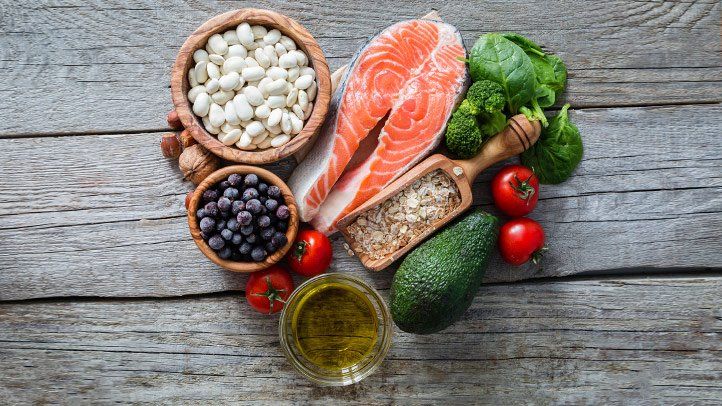
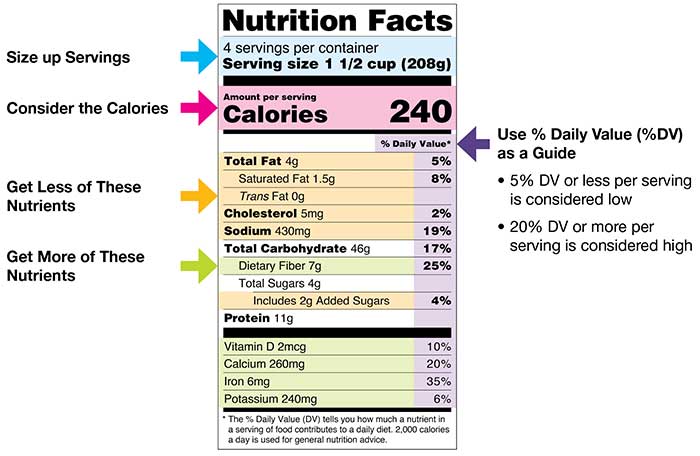
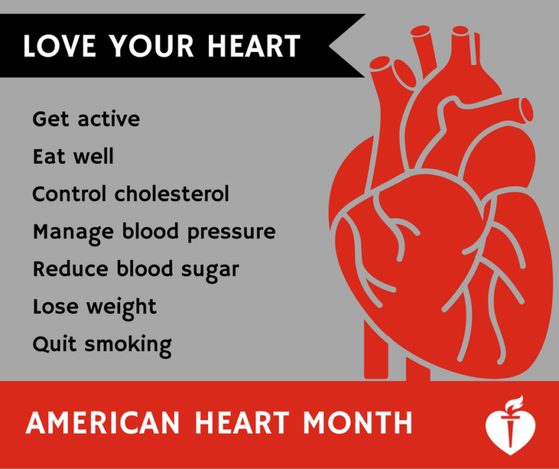
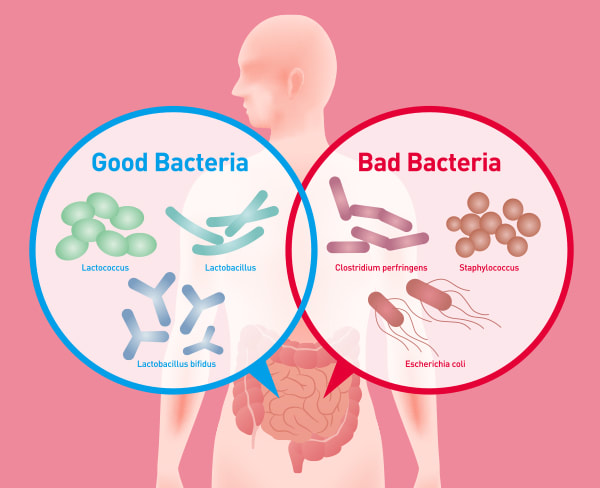

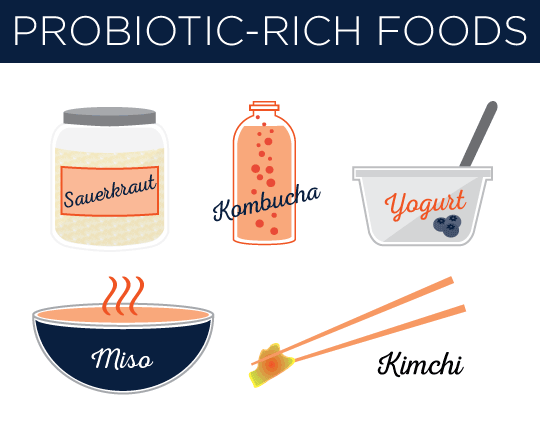
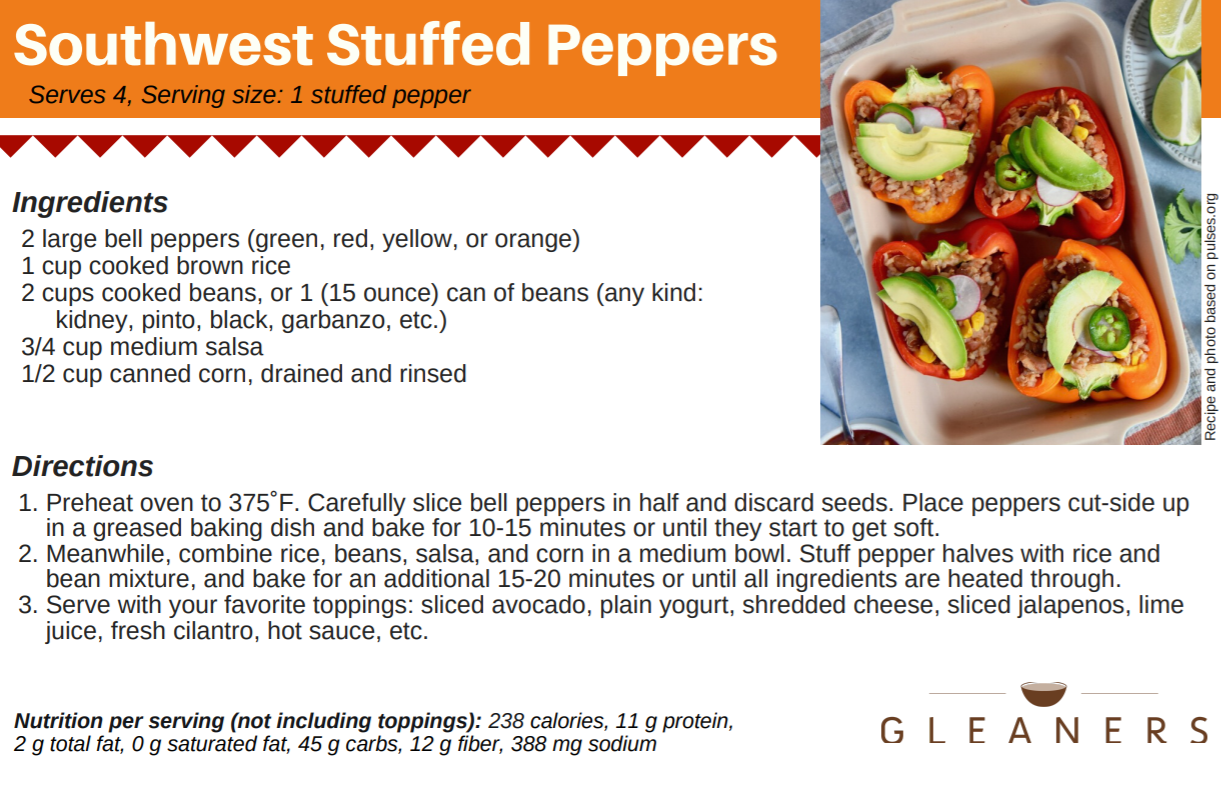

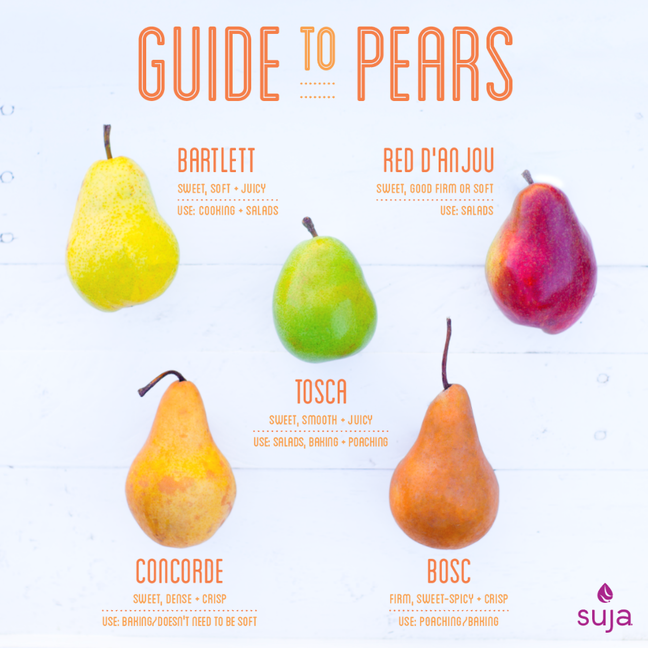
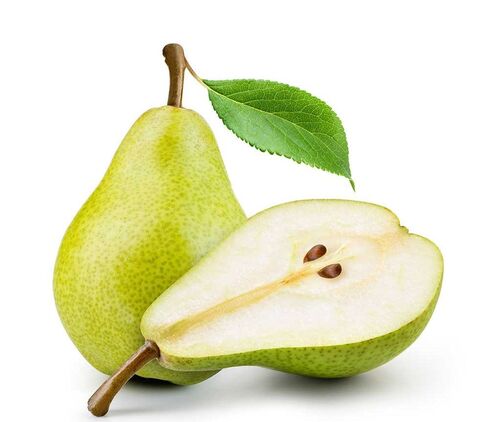
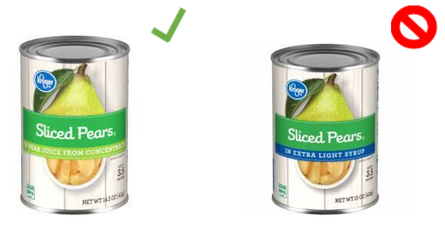
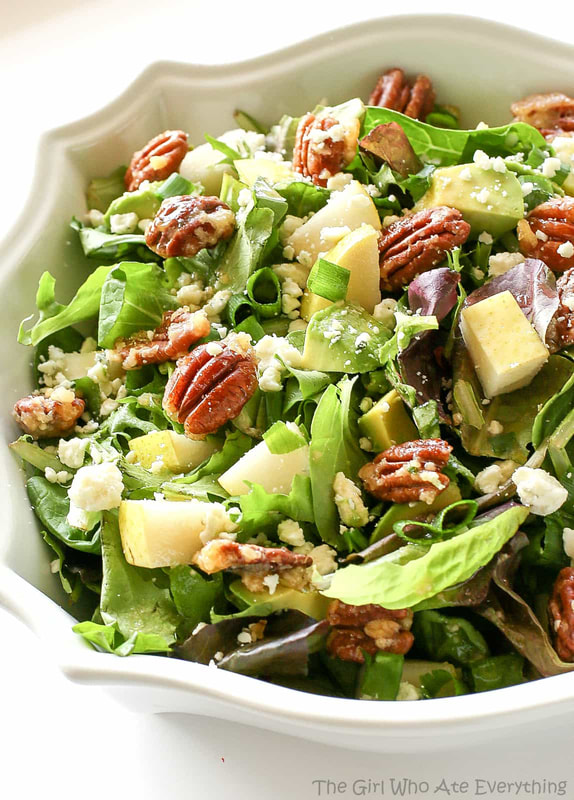
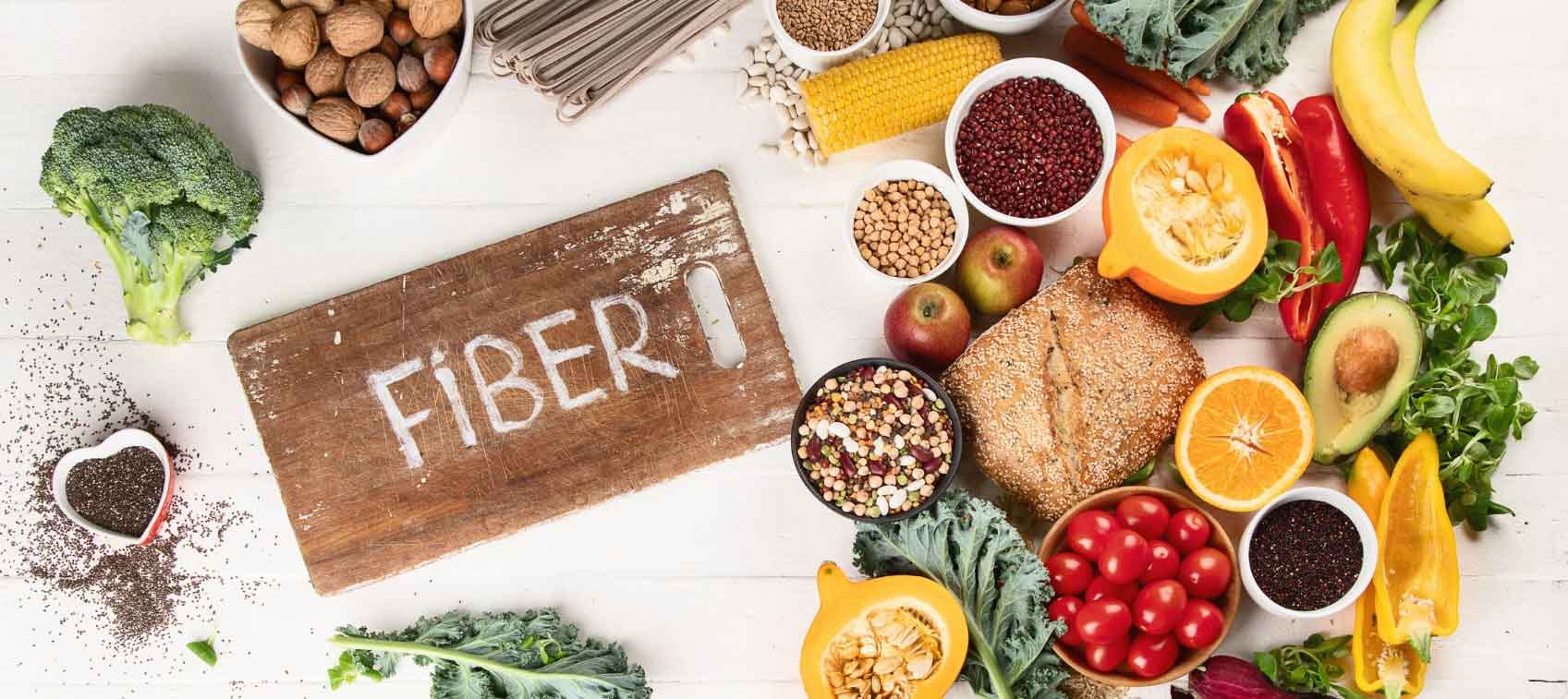
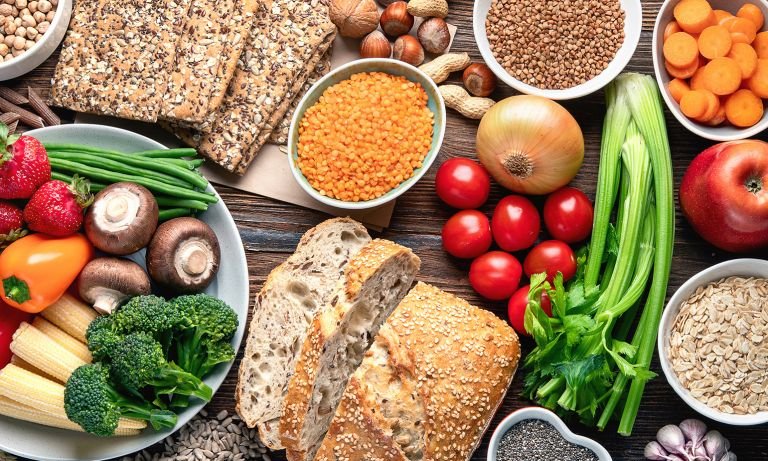
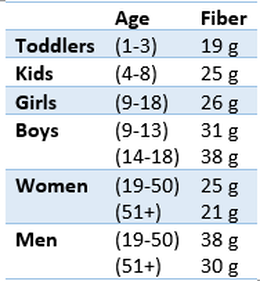




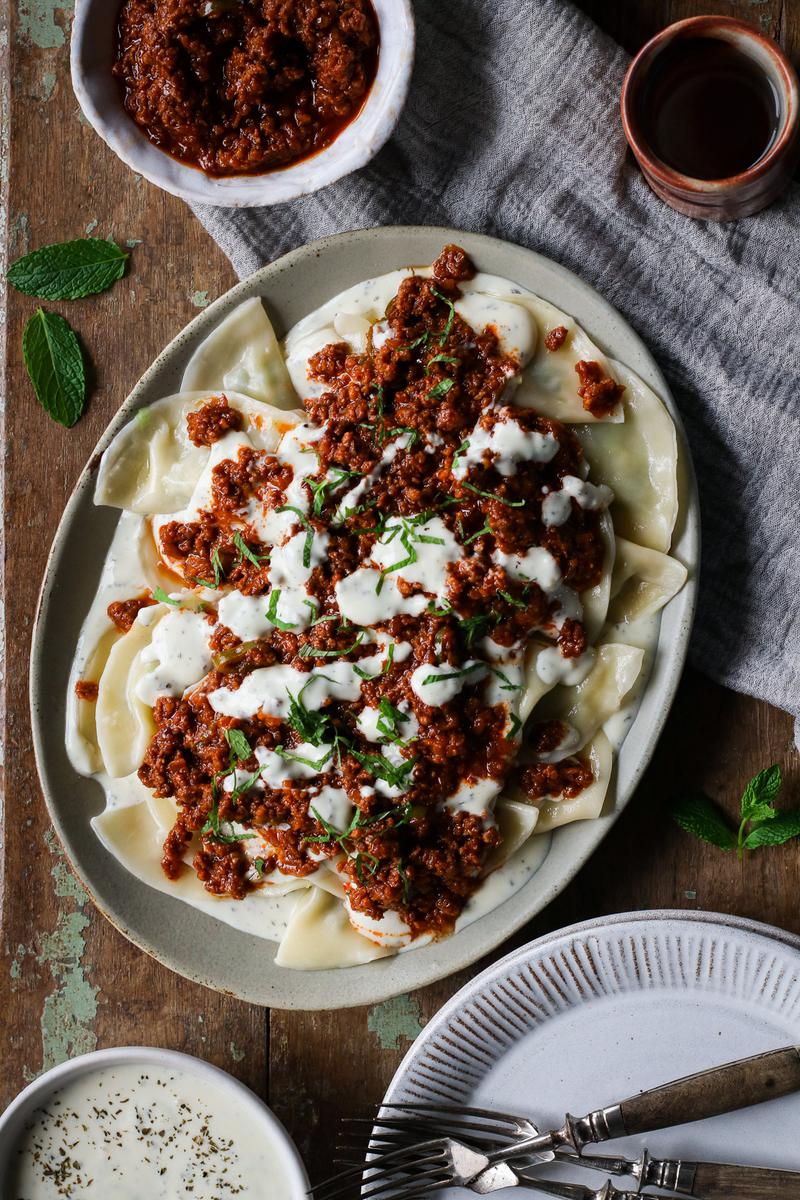


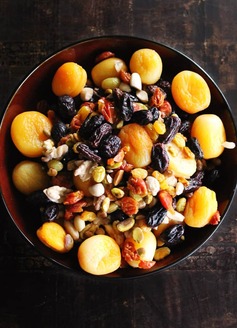

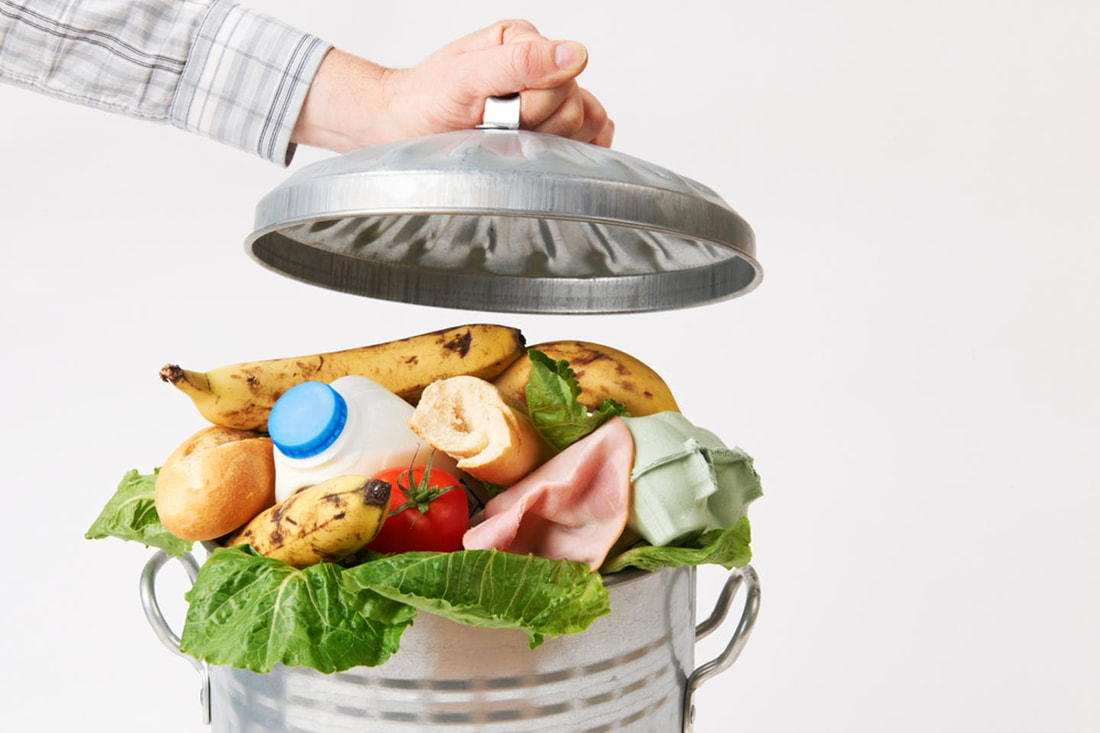

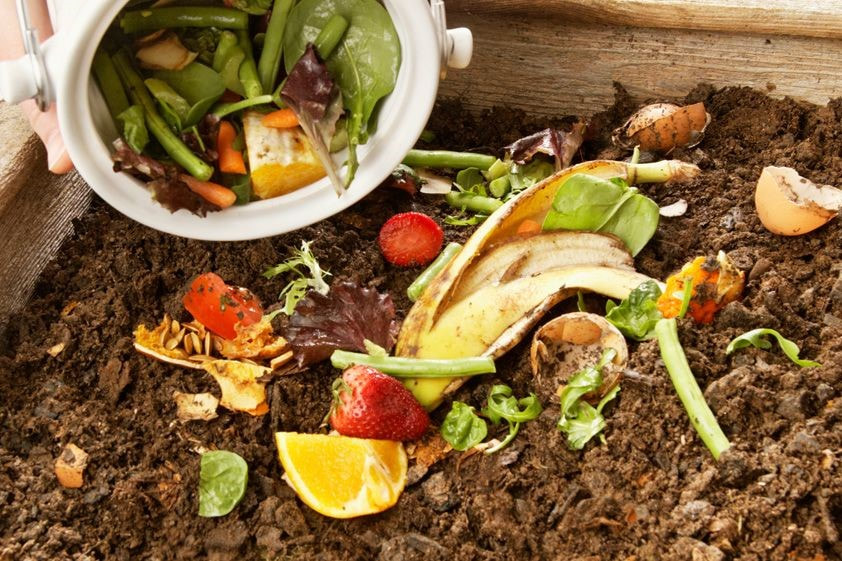



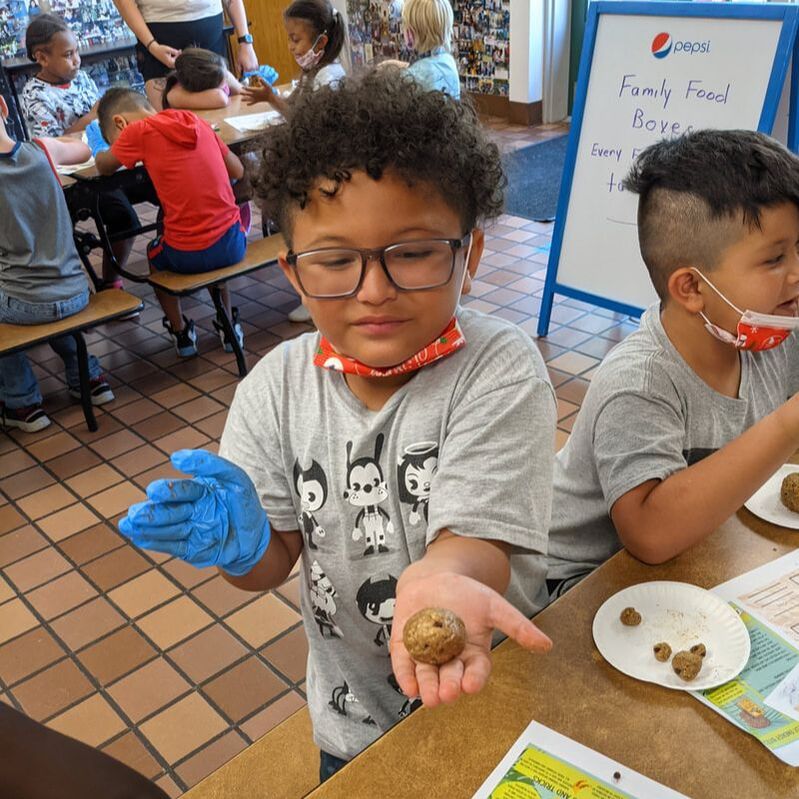


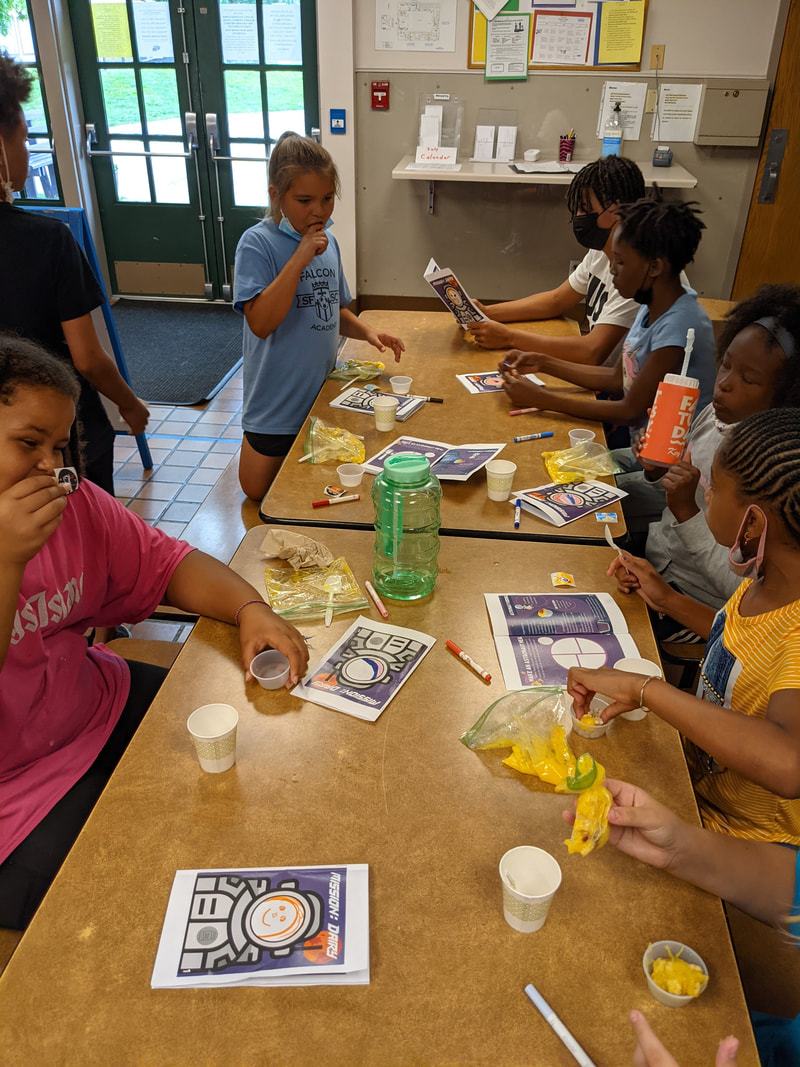

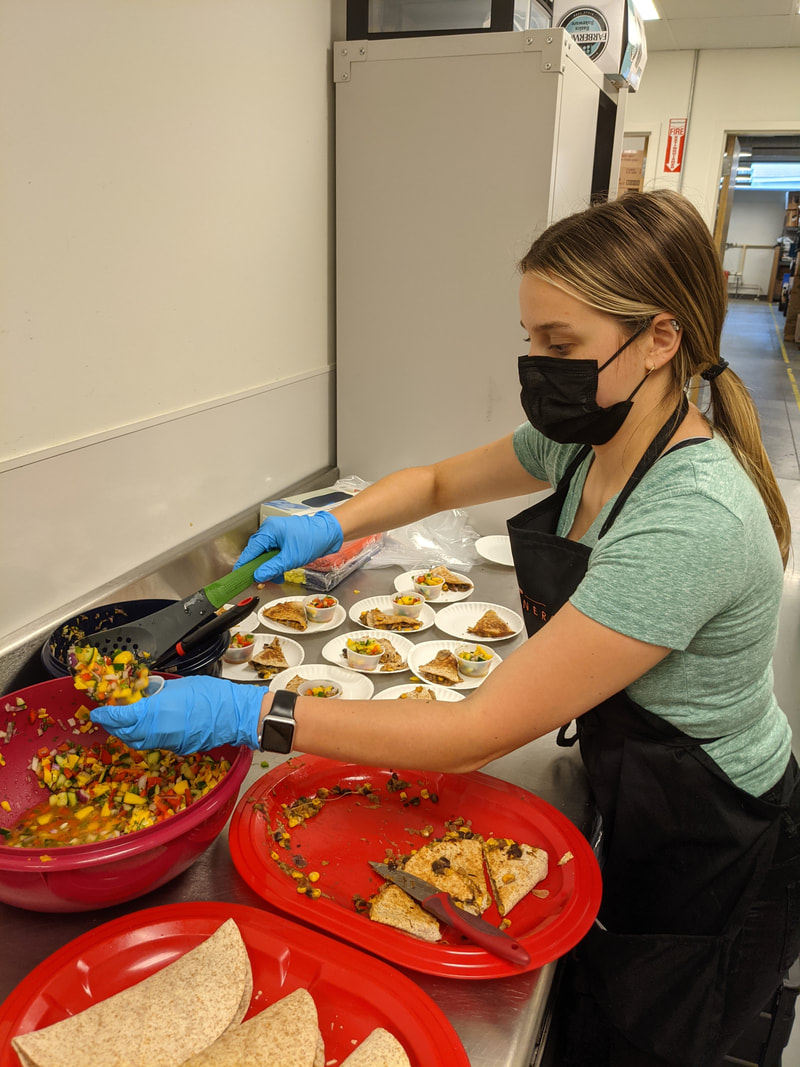

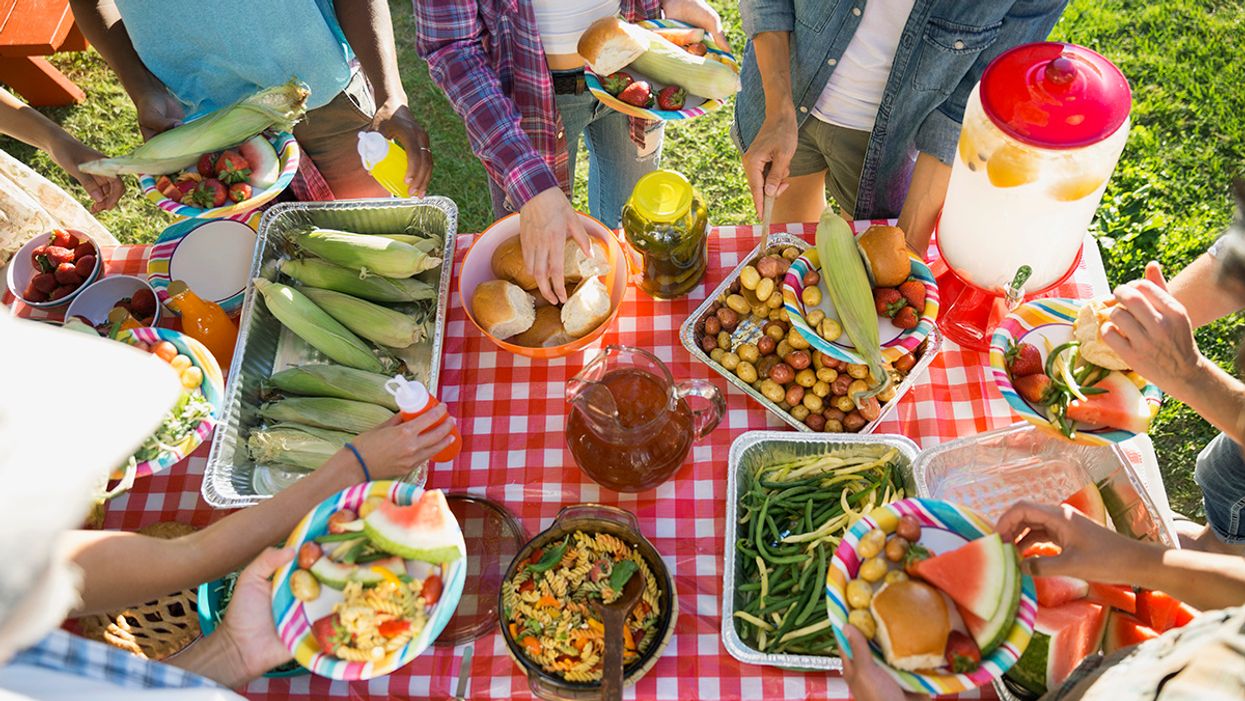



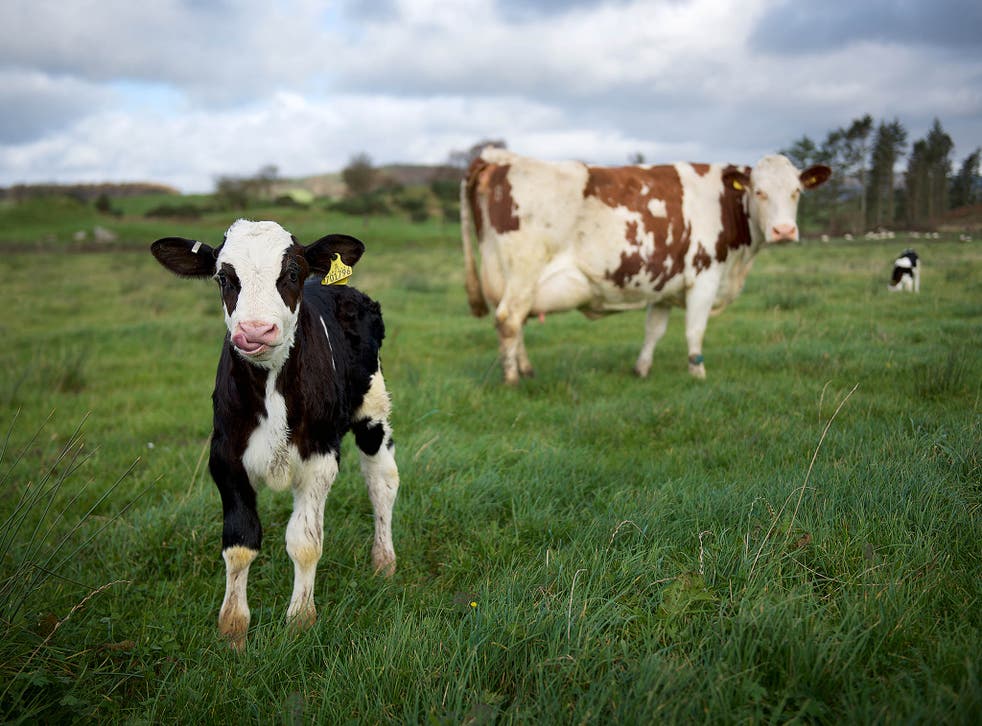
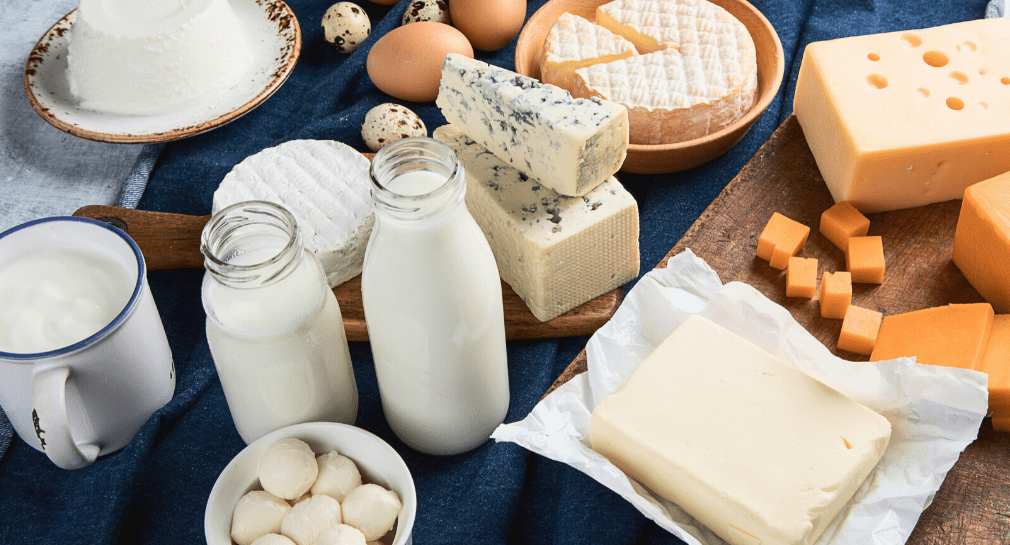
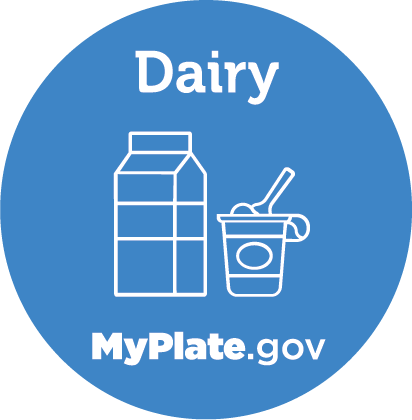
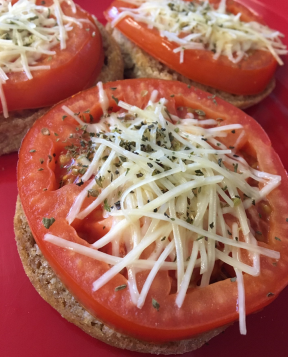






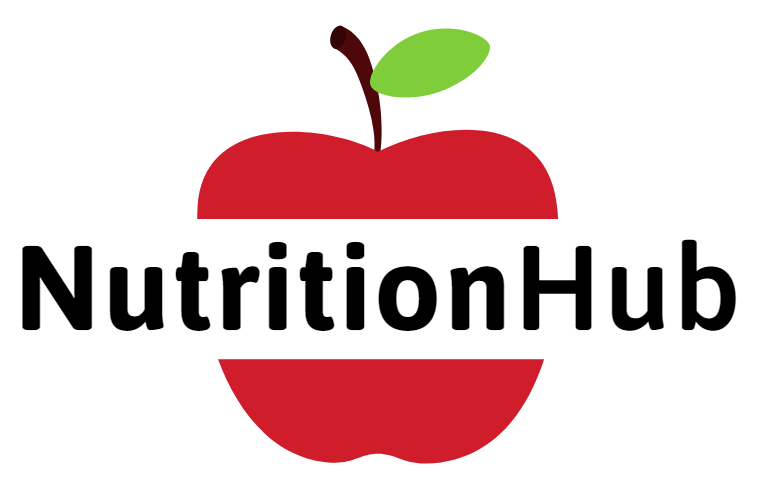
 RSS Feed
RSS Feed